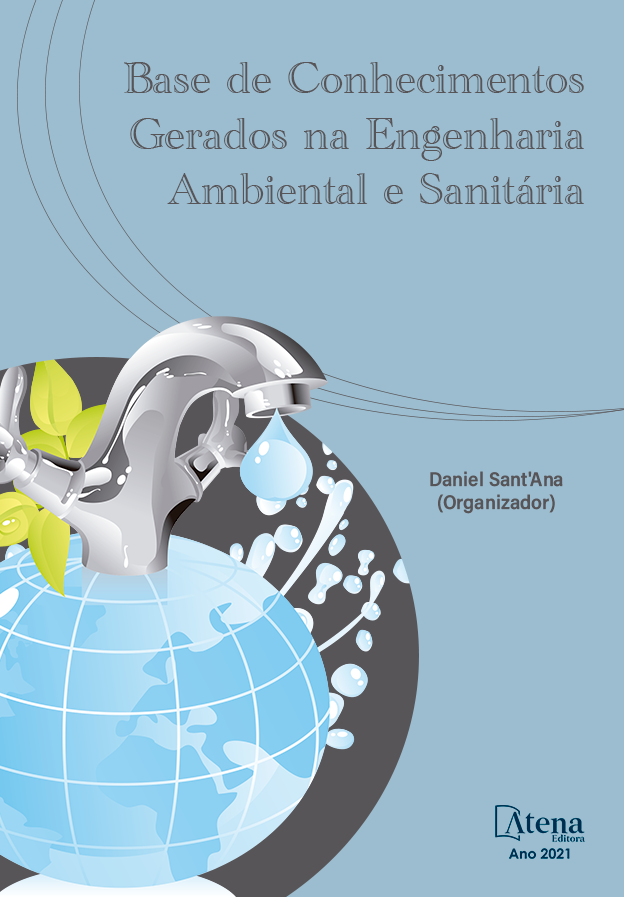
QUANTIFICANDO PERDAS HÍDRICAS EM CIDADES PARAIBANAS
No último século tem-se debatido bastante sobre recursos hídricos e o seu desperdício, tendo em vista a necessidade de controle de perdas e conscientização por parte da população no tocante ao uso desses recursos. Desse modo, o presente artigo consiste em um estudo de caso, com análise quantitativa sobre as perdas físicas de água que ocorrem na companhia responsável pela distribuição de água no estado da Paraíba (CAGEPA). A pesquisa teve como objetivo analisar as perdas de água, ocorridas no processo de distribuição, nas cidades que compõem a regional do Espinharas no intervalo temporal de 2015 a 2017. Para tanto, fez-se necessária a obtenção dos dados, cedidos pela própria CAGEPA, para então calcular a quantidade anual de água produzida e água perdida da região. Para seleção dos dados utilizou-se um critério de enfoque nas cidades que têm perdas próximas da metade da quantia de água produzida ou maior que essa quantidade. Dentre os resultados alcançados, pode-se considerar que, de todas as cidades abastecidas na regional do Espinharas, sete se destacaram com os maiores índices de perdas, uma vez que são de pequeno porte, seja por sua área territorial ou sua população relativa. Vale ressaltar que o combate a perdas de recursos hídricos é um processo lento, que precisa de investimentos, mas que traz benefícios seja para a distribuidora e a população.
QUANTIFICANDO PERDAS HÍDRICAS EM CIDADES PARAIBANAS
-
DOI: 10.22533/at.ed.4442119017
-
Palavras-chave: Recursos Hídricos; Perdas de água; Distribuição de água; Paraíba.
-
Keywords: Water resources; Water losses; Water distribution; Environmental Management; Paraíba.
-
Abstract:
In the last century there has been a lot of debate regarding water resources and it's waste, keeping in mind the need to control losses and raise public awareness about the use of such resources. Thus, this article consists of a case study, with quantitative analysis on the physical losses of water that occur with the company responsible for water distribution in the state of Paraiba; CAGEPA. The research had as it's objective to analyze the losses of water, occurred in it's distribution process, on the cities that compose the Espinharas region in the time interval of 2015 to 2017. For such project, it was necessary to obtain data, provided by CAGEPA itself, to then calculate the annual quantity of water produced and water wasted in the region. For the data selection, a criteria of focus was utilized in the cities with losses nearing half the amount of water produced or bigger. Among the results archived, it can be considered that, of all cities supplied in the Espinharas region, seven stood out with the highest amounts of waste, since they are small cities, either because of their territorial area or their relative populace. It's worth noting that the combat against the wasting of water resources is a slow process, that needs investment, but one that brings benefits for both the distributor and the populace.
-
Número de páginas: 14
- Carolina Coeli Rodrigues Batista de Araújo
- Flaubert Ruan Nobelino de Araujo
- Mikaele de Oliveira Candeia
- Francisca Rozângela Lopes de Sousa
- Ayuri Medeiros da Silva


